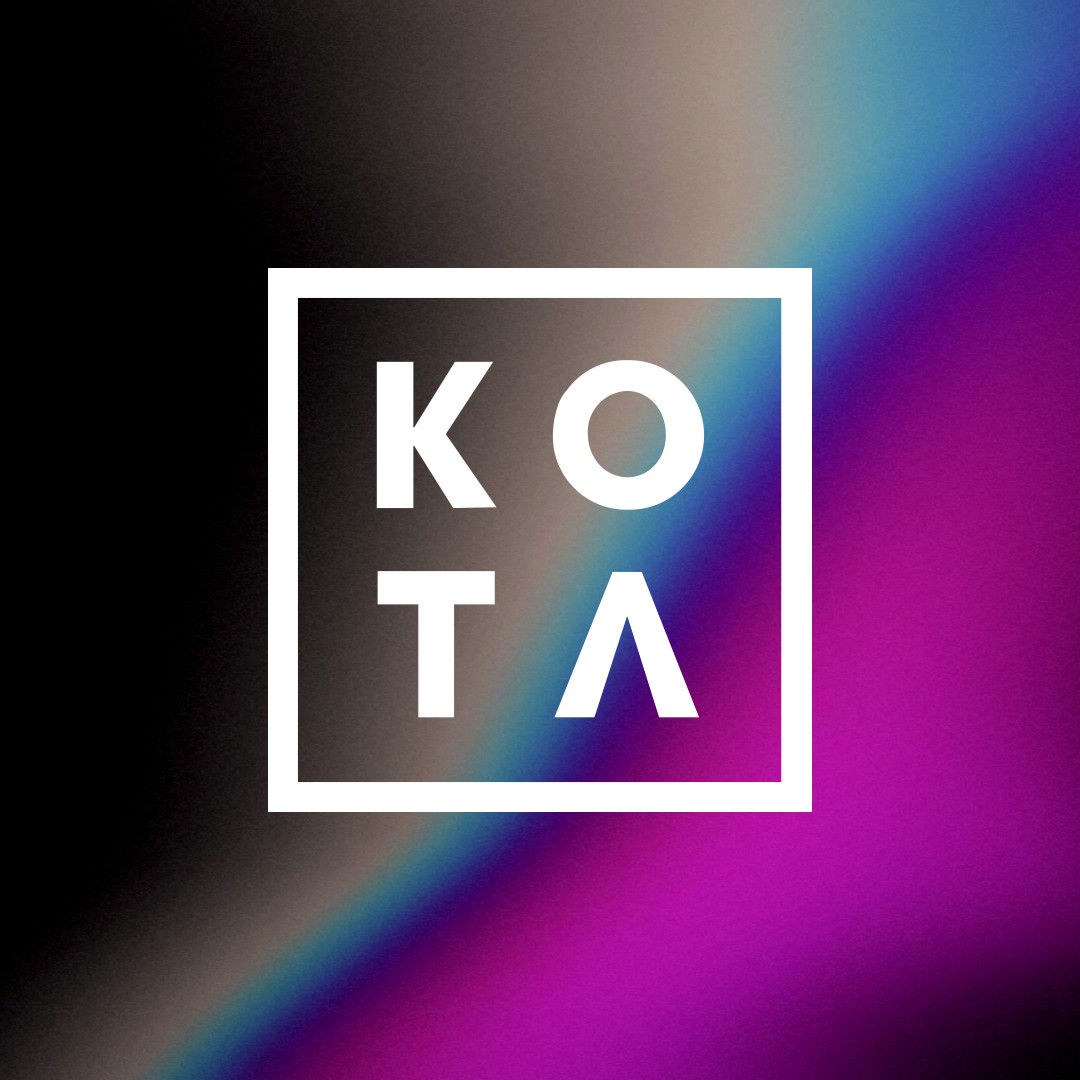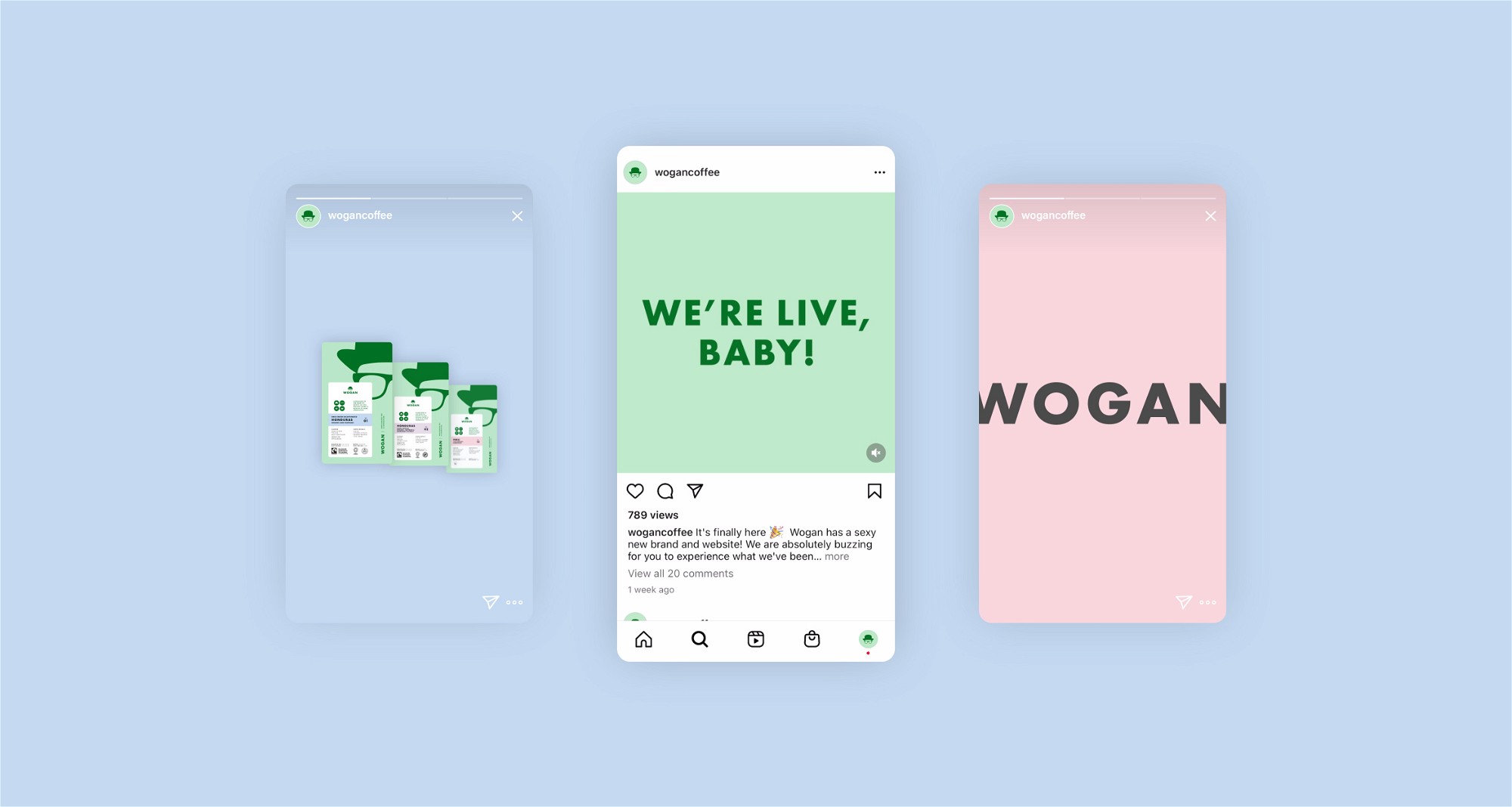Advertising on TikTok 101: How brands can successfully utilise TikTok in their marketing strategy

Introduction
With social distancing measures being undertaken by governments across the world, people rely on social media like never before. It is not only to communicate but also to find entertainment. Alongside Instagram, Facebook, Twitter and Snapchat, there’s a new global player – short video sharing app TikTok.
This post will explore the marketing opportunities on this social platform and how brands can utilise it.
TikTok in numbers
Many still believe it is a teenage fad that will fade just as Vine did. However, the numbers indicate otherwise: in 2019, TikTok was the second most-downloaded app globally, after Facebook’s What’s App, and in January 2020 its total downloads were estimated to be around 1.65bn. Monthly, around 800 million users use TikTok, which makes TikTok the 7th most popular social platform, which is impressive considering it is also the youngest.
Who is using TikTok?
It is true that the majority of the app’s users is young (about 37% in the US is under 20 years old), but the millennials are also catching up.
Outside of China, the most prominent market is India, which accounted for 44% of downloads in 2019.
Revenue-wise, last year China provided the vast majority (69%), as the monetization model is more developed there, and the US was second with 20% of revenue with 6% of 2019’s downloads.
How brands can use TikTok
TikTok is currently working on monetising its popularity by expanding the advertising offering and pitching partnerships to the most influential brands. Companies can work with influencers or advertise directly on TikTok.
Influencers
Before the infrastructure was built, TikTok’s main advertising opportunity was working with independent influencers. Currently, the most popular account with over 50 million followers belongs to Charli D’Amelio.
Generally, TikTok’s user base is one of the most engaged ones, some suggest average session duration is almost double the one of Instagram. When comparing the engagement of 100,000 influencers on TikTok and Instagram, TikTok’s engagement rate was significantly higher, almost 5x higher than Instagram’s for accounts with over 100,000 followers.
Moreover, TikTok recently introduced a beta version of Creators Marketplaceplatform, where brands can research the influencers in a more convenient manner. It contains first-party insights with information on creators’ followers, such as country, gender and device.
Despite the fact that TikTok is not making money from influencer partnerships, it is in their interest to get brands to experiment with the app, as this could possibly lead to purchasing ads directly from the app.
Advertising on TikTok
TikTok is all about short viral content, whether it is a choreography to a popular song, a challenge or a prank. Advertisers need to understand this unique format native to TikTok if they want to run successful campaigns and create similar momentum.
The available advertising formats include:
- Brand Takeover – appears when the user opens the app, first interaction
- In-Feed Video – the typical biddable advertising option (CPC, CPM & optimised CPC), appears as native
- Hashtag Challenge – promote the brand by mimicking the organic challenges users participate in
- Branded Lens – users can record their videos using custom 2D or 3D effects
Video ads can be set up on their new advertising platform, with performance tracking via TikTok Pixel (just like Facebook’s), which can be connected to Google Tag Manager.
Campaign Examples
Many global brands already ran campaigns on TikTok, including Universal Pictures, Mercedes-Benz and Too Faced. Here are a couple of successful campaign examples:
Guess ran a hashtag challenge where users would show how they transform their looks with denim. They partnered with influencers to explain the challenge, as well as promoted it with brand takeover video ad.
Chipotle’s Halloween $4 burrito deal promoted by influencers, as well as hashtag challenge contest where 5 most liked videos won free Chipotle for a year.
Another good example from Chipotle was the #ChipotleLidFlip challenge to spread the word about free delivery for Cinco de Mayo.
The future
To see what the future holds for TikTok we can peek into Douyin’s features, such as social commerce popularised in Asia. Chinese users are able to link e-commerce shops to their videos, which enforces conversions and gives ByteDance an extra revenue stream. Reportedly, this feature is generating up to $30 million in revenue per day. The first e-commerce campaign on TikTok was held in the US for#TransformUrDorm challenge by Kroger where a shoppable page was enabled.
Conclusions
TikTok is definitely worth considering when marketing to Gen Z and enables brands to step out of their comfort zone and be more creative than they could be elsewhere. The platform is still evolving and quickly catching up with competitors’ advertising features.
Interested in working with KOTA?
Drop us a line at
hello@kota.co.uk
We are a Creative Digital Agency based in Clerkenwell London, specialising in Creative Web Design, Web Development, Branding and Digital Marketing.





